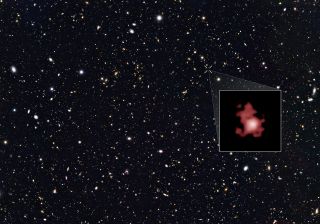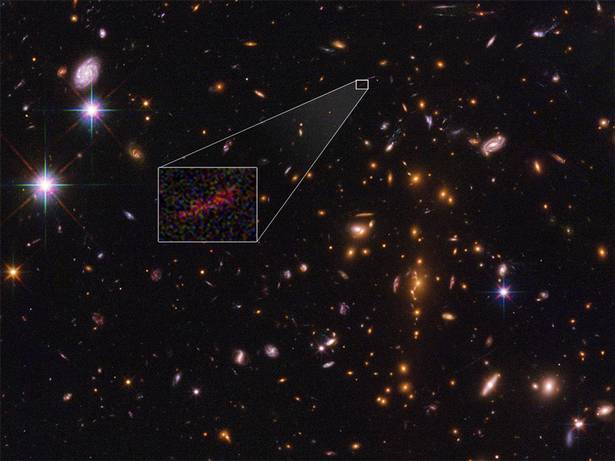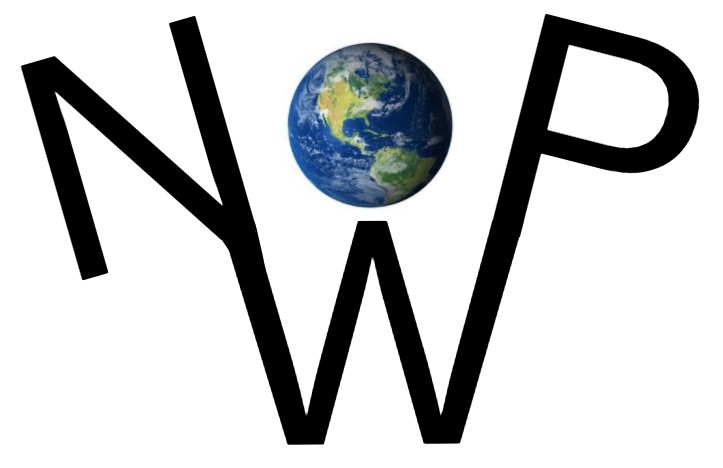“The galaxy GN-z11 might not have a flashy name, but it appears to be the most distant and oldest galaxy ever detected, scientists have found.”
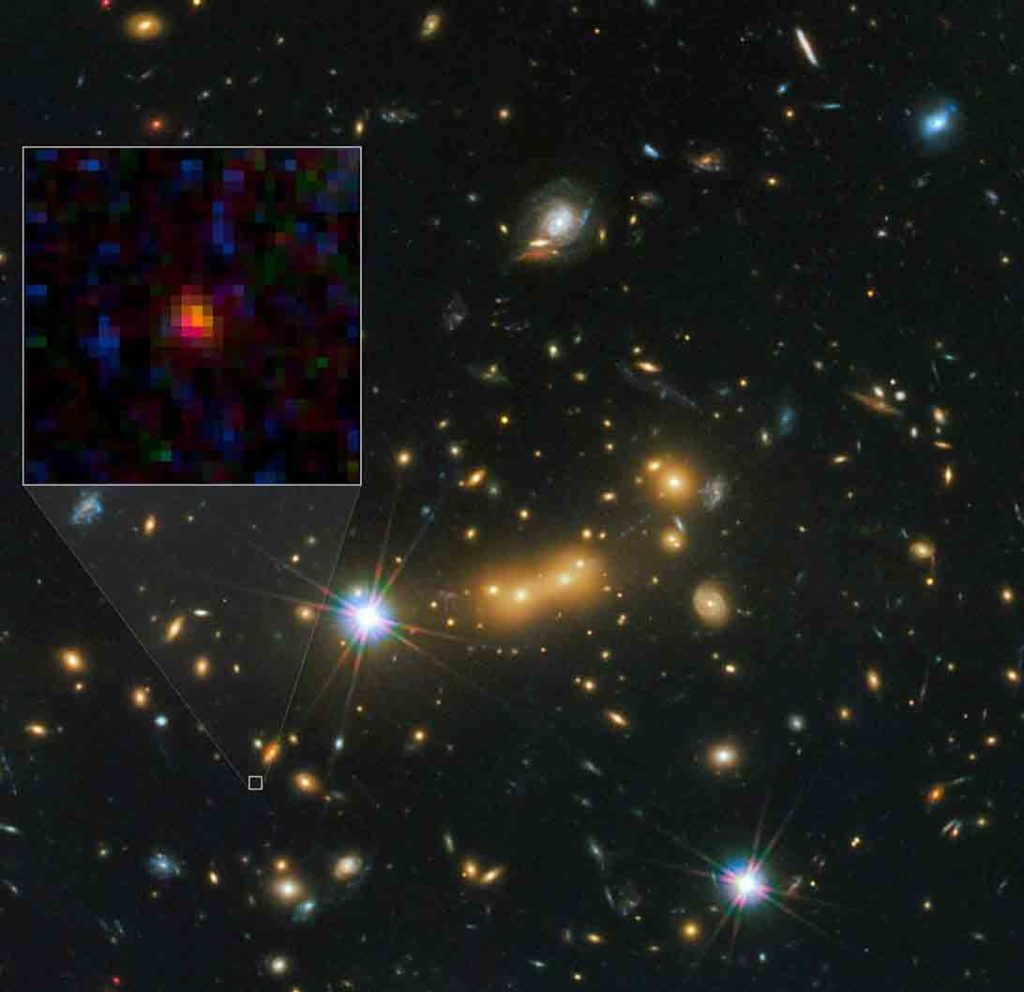
The following written content by Chelsea Gohd
Astronomers have peered out into the vast expanse and spotted what they think is the farthest (and oldest) galaxy ever observed.
The galaxy GN-z11 might not have a flashy name, but it appears to be the most distant and oldest galaxy ever detected, scientists have found. Astronomers led by Nobunari Kashikawa, a professor in the department of astronomy at the University of Tokyo, embarked on a mission to find the universe’s most distant observable galaxy, to learn more about how it formed and when.
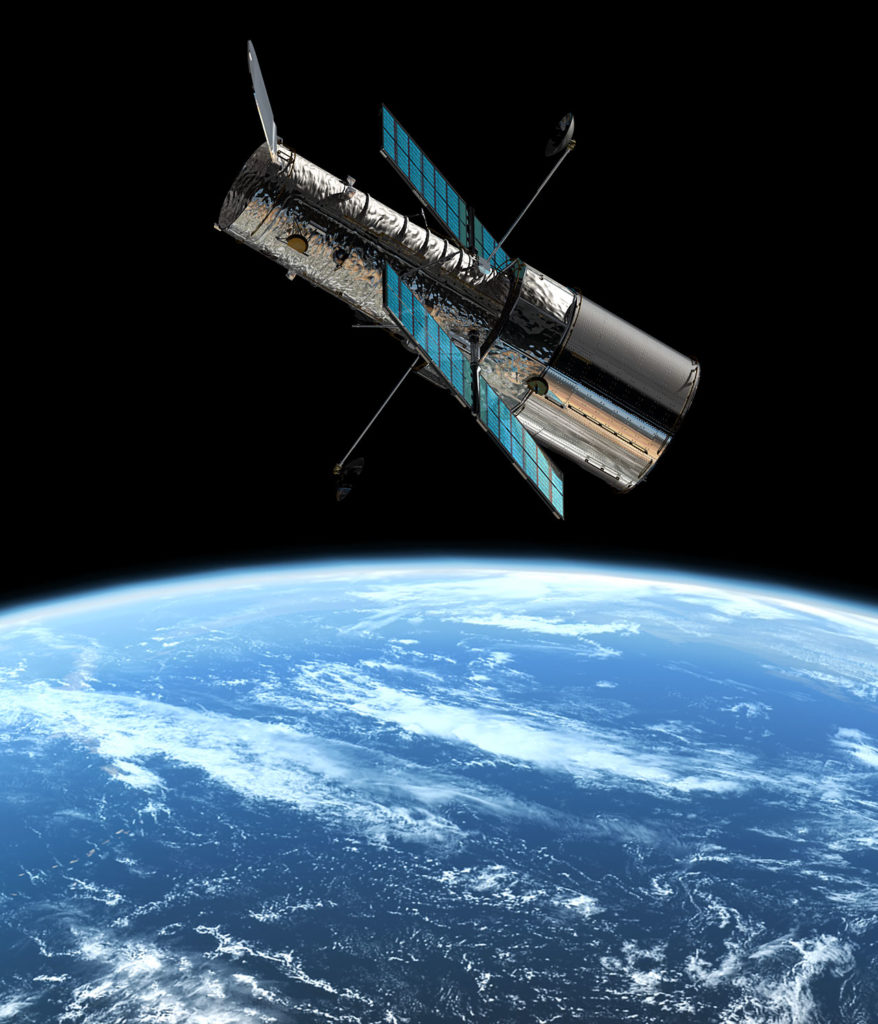
“From previous studies, the galaxy GN-z11 seems to be the farthest detectable galaxy from us, at 13.4 billion light-years, or 134 nonillion kilometers (that’s 134 followed by 30 zeros),” Kashikawa said in a statement. “But measuring and verifying such a distance is not an easy task.”
To determine how far GN-z11 is from us here on planet Earth, Kashikawa’s team studied the galaxy’s redshift — how much its light has stretched out, or shifted toward the red end of the spectrum. In general, the farther away a cosmic object is from us on Earth, the more redshifted its light will be.
Additionally, the team looked at GN-z11’s emission lines — observable, chemical signatures in the light coming from cosmic objects.
By studying these signatures closely, the team was able to figure out how far the light coming from GN-z11 must have traveled to get to us, giving them the tools to estimate its overall distance from Earth.
“We looked at ultraviolet light specifically, as that is the area of the electromagnetic spectrum we expected to find the redshifted chemical signatures,” Kashikawa said. “The Hubble Space Telescope detected the signature multiple times in the spectrum of GN-z11.” Read more from Space.
Follow other related unbiased news stories from News Without Politics
Subscribe to News Without Politics
